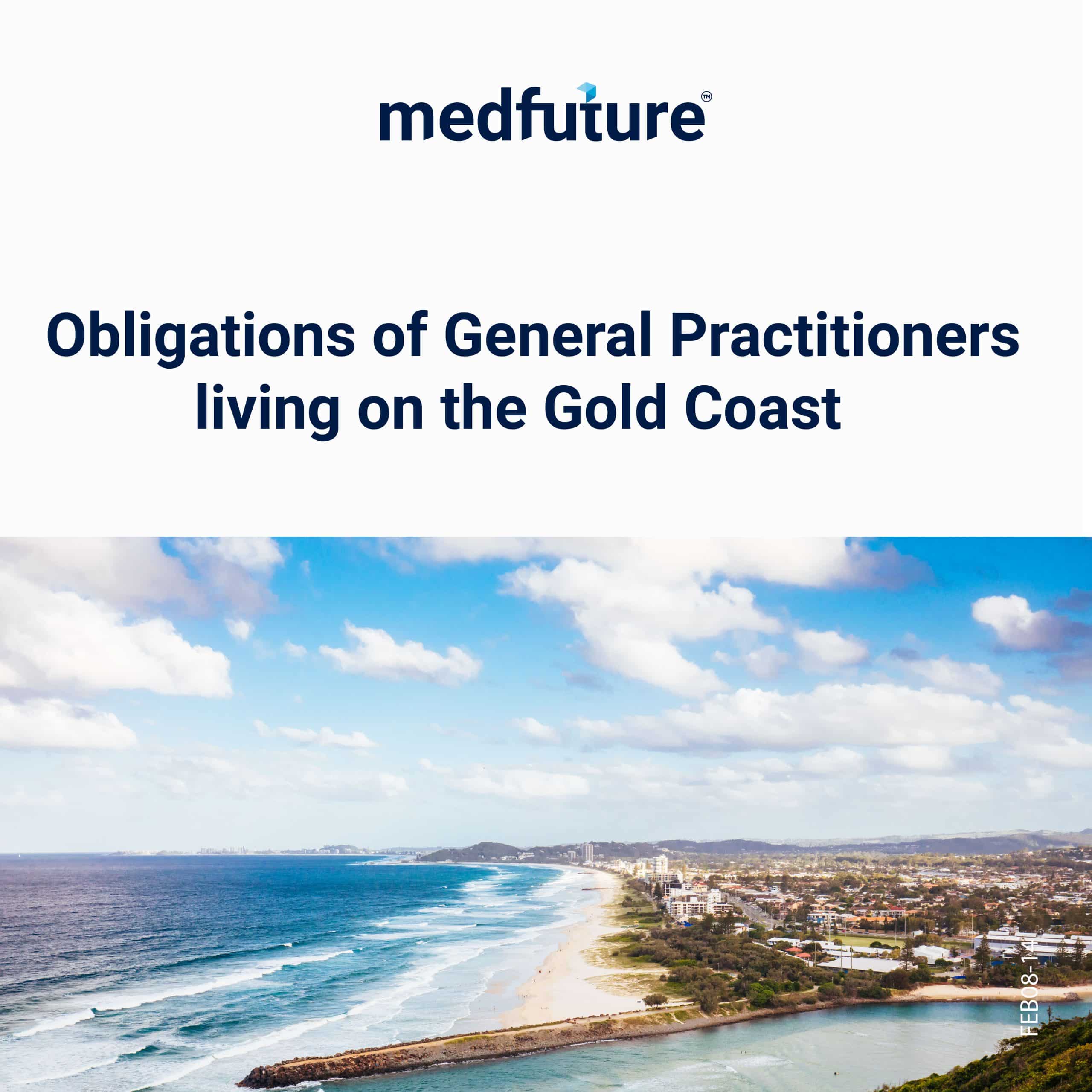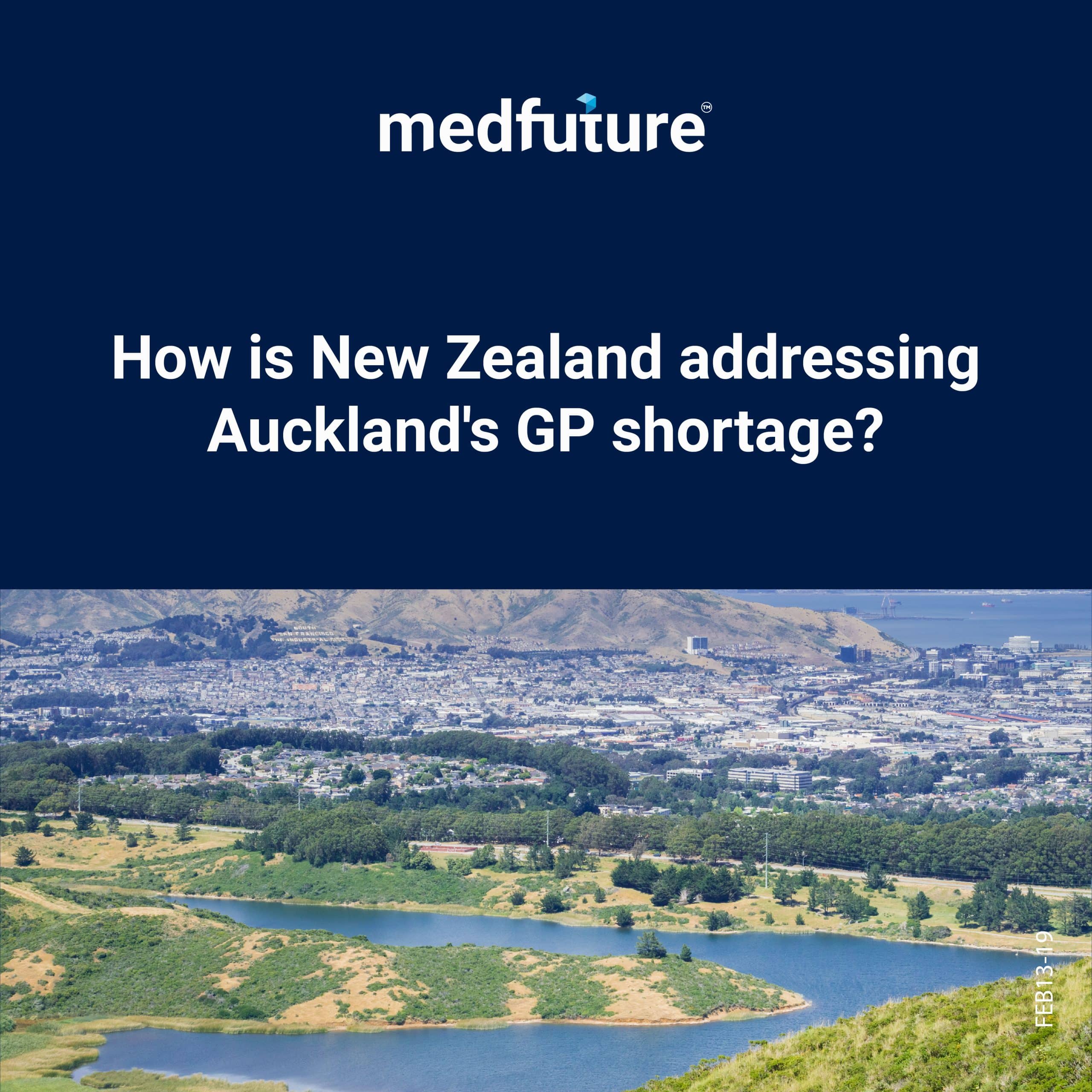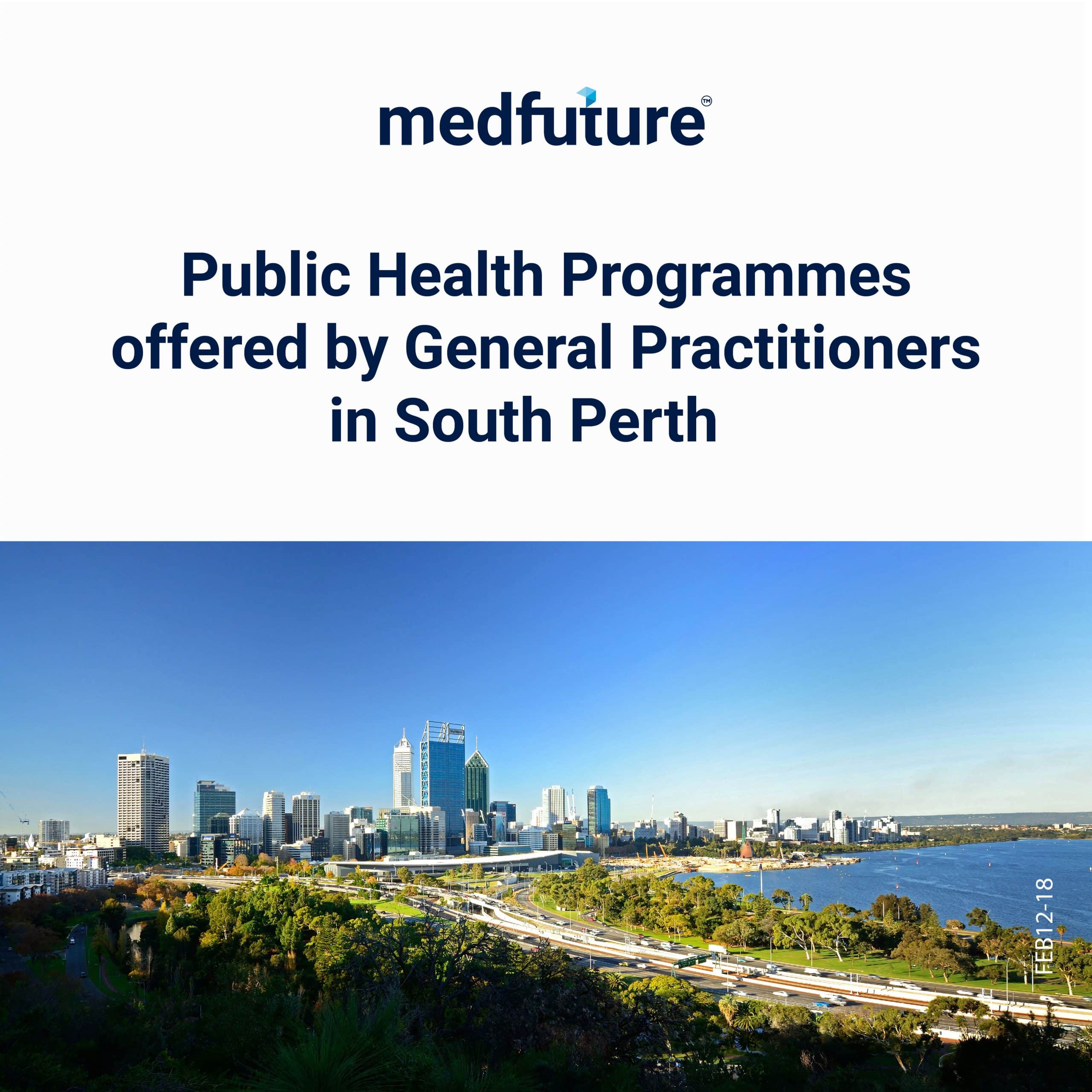General practitioners (GPs) play a pivotal role within the healthcare system in New Zealand. However, data from various analysis reports show that there are GP workforce challenged in New Zealand in 2023.
The demand for GPs in New Zealand is rising along with the challenge of finding suitable candidates for job roles. Qualifications, experience, and skills all matter when it comes to providing high-quality healthcare services to patients.
Medfuture stands steady in providing New Zealand with the GP workforce required by expediting their GP recruitment process to seek medical graduates and GPs from across the globe.
GP Future Workforce Requirements report
The GP Future Workforce Requirements report was commissioned by the Royal New Zealand College of General Practitioners (RNZCGP) to boost the GP workforce in New Zealand.
At present, there is a GP shortage in New Zealand, which is expected to grow in the years ahead. At the current rate, it is expected that there will be a shortage of 300 GPs in 10 years.
GP shortage
The following are some statistics regarding GP shortage in New Zealand:
The number of GPs for every 100,000 people is expected to fall from 74 in 2021 to 70 in 2031
Patients are unable to get GP appointments as and when they require them. It is significant among Māori and Pacific Islander people. There is a negative impact on the health of Māori adults and children, and Pacific Islander children.
Modifications to the existing training programmes will not instantaneously change the existing culture and applications within the indigenous communities.
Impact on the health of New Zealanders by adding more GPs
The inclusion of a higher number of GPs will have a significant impact on the overall health of the people of New Zealand.
10 additional GPs for every 100,000 people means that approximately 30 people a year wouldn’t die from respiratory problems, cancer, cardiovascular issues.
The addition of more GPs will save the country’s economy by $139.6 million in health savings annually. It is $150 million annual savings without the cost of $10.4 to train more GPs.
Need for more GPs to prevent a deterioration in healthcare for New Zealanders
The GP training intake that is managed by the RNZCGP needs to increase from 2024, from 200 a year to 300 a year with the aim of building a sustainable GP workforce. The RNZCGP along with the ministry of health and other government institutions and universities must support this activity.
Post graduate doctor training should include more general practice content so that everyone understands what health care delivery in the community is about.
The model of medical care has changed so that GPs are working in a wide variety of health care teams and authorities need to realize as this is a total change from what primary health care was 20 years ago.
Communities require new specialist GPs who are skilled and trained to provide complex and comprehensive continuity of care needed for all patients.
Data showing GPs are a workforce in crisis
There are approximately 5600 specialist GPs across 1000 healthcare practices that provide 14 million consultations annually. However, reports and statistics show that general practice is a workforce in crisis in New Zealand. The New Zealand healthcare industry requires the government to urgently address GP training to avoid a sever GP workforce crisis.
There are approximately 74 GPs for every 100,000 people in New Zealand. It is comparatively less than countries like Australia (116) and Canada (122). Unless action is taken now, the number of GPs per 100,000 people is assumed to fall down to 70 by 2031.
More medical graduates are required to serve the rural community to prevent this from happening. They need to see medicine as a rewarding career and serve the people of the country.
Continuously providing equitable health outcomes is a priority for GPs. According to data statistics, Māori and Pacific Islander people have greater health needs and are more vulnerable to diseases and illnesses.
New report urges immediate action to tackle GP crisis in New Zealand
The Lifeline for Health: Meeting New Zealand’s need for General Practitioners report highlights a crucial crisis facing New Zealand’s GPs. It stresses on the need for immediate action to prevent a much severe GP crisis over the next decade.
The country’s healthcare system greatly depends on community-based healthcare, which is mainly provided by GPs and healthcare teams. However, the healthcare system and industry is not at great risk due to the GP shortage and the inability to deliver high-quality healthcare to the citizens.
The “accountability-free capitation” system has led to a significant decline in GP work hours resulting in a decrease in the GP-to-population ratio. If it continues, the GP crisis in New Zealand will worsen.
Here are the solutions to this issue, according to the above report:
Invest in innovative community healthcare practices
Follow social investment approaches
Focus on individual budget holdings
According to the report, urgent retention and expansion of the GP workforce is required. This can be done by increasing the number of trainee GPs, re-evaluating business models in primary and community care health settings, and providing enhanced career planning for GPs.
Workforce data shows physician shortages across Aotearoa New Zealand
Workforce data shows that there is a major shortage of physicians across Aoteatoa New Zealand. The Royal Australasian College of Physicians is calling upon the relevant authorities to address GP workforce challenges across Aotearoa New Zealand, which includes focusing on a more representative workforce.
The workforce data reveals the following information:
New Zealand have a smaller number of specialists per head, which is approximately 74 physicians for every 100,000 people. Only 0.6% work in rural areas in New Zealand, which is another major setback.
The problem starts with low medical graduate rates, with only about 10.4 graduates per 100,000 people, when compared with 14 in Australia.
The workforce is also not representative of the country’s population. In 2022, only 4.6% of physicians belonged to Māori, although they make up 16.5% of the community. Only 2.2% of physicians were identified as Pacific Islander people, although they make up 8.1% of the population.
The RACP has also identified the following “specialist desert” areas where communities have little to no access to key medical specialists in the area.
The West Coast region where there is has only one physician and no paediatricians at all. Therefore, people living in the West Coast region must travel about 100km to reach the nearest paediatrician.
The South Island only has 102 physicians for 342,000 people (outside of Canterbury and Otago), which is less than 30 physicians per 100,000 people.
More GPs urgently needed; change recommended to primary care funding – report
The New Zealand healthcare industry consists of hardworking professionals, including GPs. However, there are significant gaps in the workforce that is driven by the following factors:
Low-quality data and the inability for the health system to articulated the required workforce. This has made it challenging for the higher education and immigration systems to help meet demand.
Global workforce shortages that have made it challenging to recruit employees from other countries due to increased competition and demand.
The relative fragmentation of the former district health boards (DHBs) that has made it difficult to realise economies of scale and make the most use of the available workforce.
Health Workforce Plan 2023/2024
Six actions areas have been identified as per the Health Workforce Plan 2023/2024 to improve the sustainability of the GP workforce and move towards the future. It includes the following:
Growing pathways for Māori in health
Growing pathways for Pacific Islander people in health
Driving local-led innovation in training
Bolstering priority workforce groups
Supporting and retaining the valued workforce
Growing the future leaders of the healthcare system
The case for change
The following factors are expected to put pressure on the GP workforce over the next decade:
New Zealanders will grow older and have more healthcare needs. The GP workforce will age along with the population.
Māori and Pacific Islander people will make up a major portion of the communities and will also be complex healthcare needs and shorted life expectancy.
Global competition for GPs will continue to increase, which will put addition pressure on GP workforce in New Zealand.
Here are some of the initiatives planned to manage this issue:
Streamline pathways for individuals from indigenous communities to join the GP workforce.
Strengthen and support for graduates from the indigenous communities to obtain appropriate training.
Support for GPs from indigenous communities to thrive in the work environment.Look to Medfuture who continuously works towards addressing the GP workforce crisis by connecting healthcare organizations with potential candidates in general practice. Visit the Medfuture job board to view the latest GP jobs in New Zealand.





